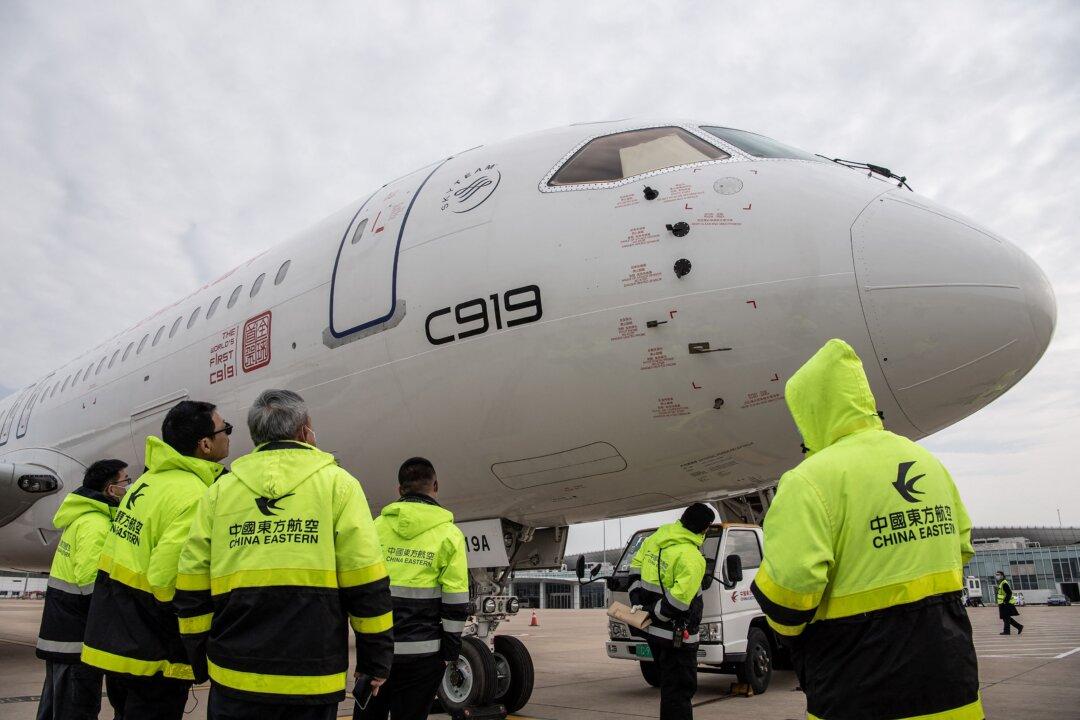Commentary
It’s a source of constant puzzlement and even growing anger that the United States–both the federal government and industry—continues to help the Chinese regime build up its high-tech sectors. The United States knows full well that China treats it as an adversary. Yet we continue to sell the rope with which to hang ourselves.





